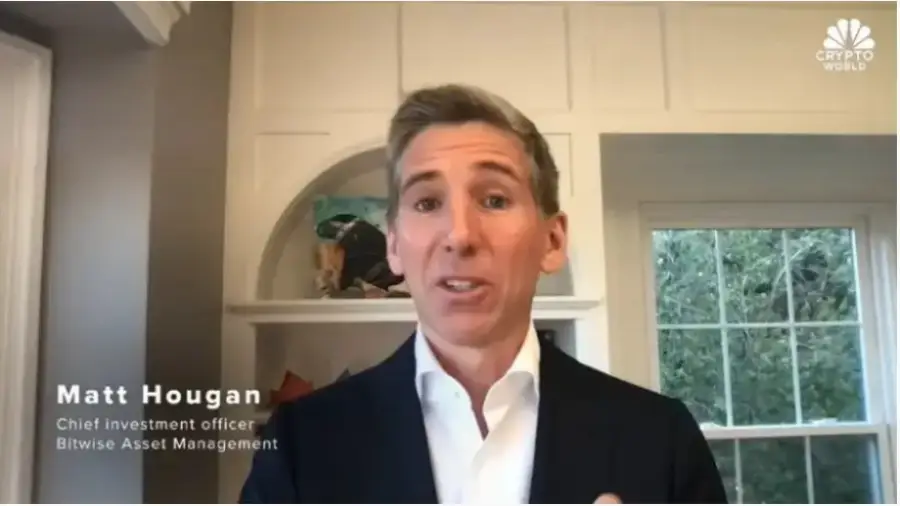The Ministry of Health may reduce the Covid-19 quarantine period for patients who have tested positive and have no symptoms. The deadline may be changed from ten to five days, according to Minister Marcelo Queiroga. According to him, the definition is under debate with the Extraordinary Secretariat to Combat Covid-19 (Secovid) and the Health Surveillance Secretariat (SVS).
Quarantine is the time indicated for infected people to remain in isolation, keeping their distance from other individuals, with the aim of preventing the spread of the disease. Reducing isolation time is the subject of debate by public health experts.
A CNN consulted the Brazilian Society of Infectious Diseases (SBI), which reported that, so far, it does not have a position on the subject. In the United States, the Centers for Disease Control and Prevention (CDC) reduced the recommended isolation time from ten to five days for asymptomatic people after testing positive for Covid-19.
Experts point out lack of data to assess reduction
Faced with a new strain of the coronavirus, the scientific community seeks to answer questions such as transmissibility, severity of the disease, detection capacity by diagnostic tests and the impacts on the effectiveness of vaccines against Covid-19 in use.
According to epidemiologists, answering these questions based on more robust scientific criteria takes time.
The Ômicron strain of the new coronavirus, detected in November 2021 and classified by the World Health Organization (WHO) as a variant of concern, has a high transmissibility, with a higher capacity than the Delta variant, also highly transmissible. Scientific findings point out that the Ômicron variant is also associated with milder clinical pictures of Covid-19.
Infectologist Luana Araújo assesses that there is a lack of data to carry out any reduction in the isolation period in a safe way in the context of the Ômicron variant.
“The clinical features of Ômicron appear to be somewhat different from the other variants. It has an upper airway proliferation and other factors that can interfere with transmission time. We don’t have real hard data to say if five days is enough for the reduction to be done safely. That’s exactly why the CDC’s decision has been so criticized, it has no scientific basis, it has a basis of economic need, of human resources”, he says.
The opinion is shared by the president of the Paulista Society of Infectious Diseases, Carlos Fortaleza. In an interview with CNN, Fortaleza stated that the measure “does not make sense from a scientific point of view”, since the “peak of transmissibility happens precisely between the 5th and 6th day after the positive diagnosis”.
“Releasing the person in this period as long as they wear a mask doesn’t make any sense, this was a concession from the CDC, from the United States, to economic pressure. It is important to remember that the United States is not a good example in the control of Covid-19”, he added.
For the infectologist at the Oswaldo Cruz Foundation (Fiocruz), Júlio Croda, the high transmissibility of the Ômicron variant should be evaluated in the decision-making process by the Ministry of Health in Brazil.
“Perhaps it is not the ideal period to reduce to five days of isolation. Everything has to be observed: the risk-benefit, the number of workers on leave and the CDC is taking into account precisely that, the economic impact of these leaves, especially in essential activities,” said Croda in an interview with CNN.
Decision on reduction must be accompanied by public health measures
Infectologist Luana Araújo assesses that any reduction in the recommended period of isolation of patients with Covid-19 must be accompanied by public health measures, such as testing and monitoring the clinical condition of patients.
“The United States offers free testing, it has a telemedicine service that is much more advanced than ours, there are other public health measures that make up a package that may allow for this type of reduction – even though it is extremely criticized and very likely not very smart,” he said. .
For the specialist, the inconsistency in the disclosure of pandemic statistics in Brazil by the Ministry of Health, amplified by the blackout of data from the folder, also increases the risk in relation to the adoption of a shorter period of quarantine in the country.
“We don’t have a comprehensive testing program, we have a campaign against vaccination promoted by public bodies. Reducing the isolation time is to favor the proliferation of the virus and to cover the sun with a sieve”, he said.
For pulmonologist Margareth Dalcolmo, a researcher at the Oswaldo Cruz Foundation (Fiocruz), in Rio de Janeiro, the isolation period should be the same for symptomatic patients and for those who do not show signs of the disease.
“The ideal is seven-day isolation for everyone because the criterion of having symptoms is very subjective. Sometimes people don’t give importance to symptoms. The safest would be a seven-day isolation for every confirmed case of Covid-19”, he says.
According to the expert, expanding the availability of diagnostic tests is a strategic measure in dealing with the pandemic. “Testing is welcome and necessary at this time of the pandemic, so that people are sure whether or not they are transmitting the virus and can have social mobility”, he said.
Virus can also be transmitted by asymptomatic
The assessment of the reduction in the period of isolation of asymptomatic patients also comes up against scientific proof that the SARS-CoV-2 virus, which causes Covid-19, can also be transmitted by people who do not have symptoms of the disease.
Researcher Flávio Fonseca, president of the Brazilian Society of Virology, explains that, among people who have symptoms, the moment of greatest transmission is before, during and after the signs of the disease.
“A person starts to become infectious within a day or two before symptoms appear and remains at the peak of infection for up to three to five days after symptoms appear. This is the period when the person is most infectious. If the person is asymptomatic, how will he know he had the disease? Did she take the test by chance? There are a number of gaps that are not explained”, he says.
According to the researcher, the greater transmission capacity of the Ômicron variant may be related to the more intense presence of the virus in the upper airways, which include the nasal cavity, pharynx and larynx.
“The virus is the same, it is more transmissible because it generates a greater amount of virus in the upper airways and more quickly. Therefore, he is more infectious. However, the main form of transmission is the same, through the air, that is, coughing, sneezing and speaking. We prevent contagion by distancing, using masks, hand hygiene and avoiding agglomerations “, said Fonseca.
For researcher Margareth Dalcolmo, from Fiocruz, the high number of cases registered in the country in recent weeks highlights the need to strengthen prevention measures.
“The Ômicron strain is extremely transmissible. So control personal care has never been more important. It is necessary to maintain individual and collective care much more rigorously than before, since everyone is tired and there is relaxation”, he said.
The US Centers for Disease Control and Prevention (CDC) reduced the recommended isolation time in case of a positive result for Covid-19 from ten to five days for asymptomatic.
The decision published by the CDC on December 27 reinforces the need to use masks for at least five more days when those infected are close to other people. “The change is driven by science demonstrating that most SARS-CoV-2 transmission occurs early in the course of the disease, usually 1-2 days before the onset of symptoms and 2-3 days after,” the CDC said. in note.
According to CDC director Rochelle Walensky, the decision also considered the rapid spread of the Ômicron variant. “The CDC’s updated recommendations for isolation and quarantine balance what we know about the spread of the virus and the protection provided by vaccination and booster shots. These updates ensure that people can safely continue their daily lives,” Rochelle said in a note.
According to the expert, prevention should include adherence to vaccination and booster doses, the use of a mask in closed public environments, in areas of significant and high transmission, and testing before meetings and meetings.
On January 4, the CDC updated Covid-19 isolation and quarantine recommendations with shorter isolation (for asymptomatic and mildly ill people) and five-day quarantine periods to focus on the period when a person is most infection, followed by continuous mask use for another five days. The CDC advises attention to the appearance of symptoms up to 10 days after the last close contact with someone with the disease.
“It is an important scientific debate, we do not have a consensus in the scientific community on this subject. It is important to observe how the pandemic will evolve to understand whether it is an important measure or not, especially with regard to preserving the workforce,” said Fiocruz researcher Júlio Croda.
Reference: CNN Brasil







